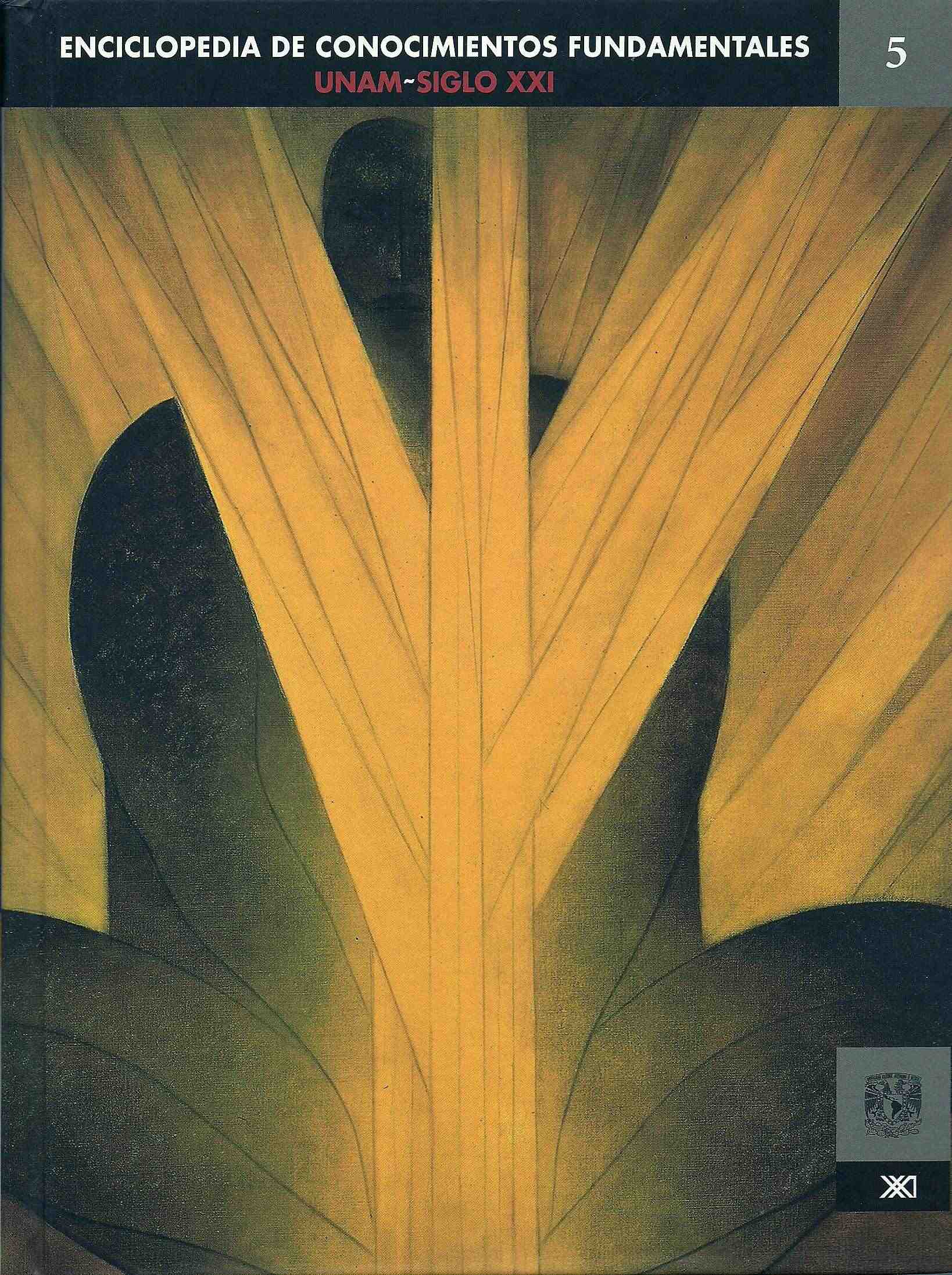Aquiles, the tortoise, Einstein and other stories
A hotel with an infinite number of rooms
is completely booked out. Nevertheless,
when a new guest arrives, the landlord
replies "No problem, I have always a room available."
is completely booked out. Nevertheless,
when a new guest arrives, the landlord
replies "No problem, I have always a room available."
Discussion of a variety of examples of paradoxes in language,
physics and mathematics. (spanish)
Revue Universidad de México no. 578-579 (April
1999), pages 53-59.
The essence of the computer

The mathematical theory of Turing machines is explained.
40 pages of text (in spanish), accompanied by a computer
program (for Windows only), which simulates a Turing machine,
allows to create, modify and run them (the image shows a very
simple one).
To appear as chapter of the book
Ciencia Interactiva, Fondo de la Cultura, editor:
J. A. de la Peña.
Fractal simulator

Internet pages (in spanish)
where a fractal simulator can be used (a Java
applet) and where some concepts are explained, such as for
example the fractal dimension.
Link:
http://interactiva.matem.unam.mx/fractales/html/index.html
The pages on fractals form part of PUEMAC (Proyecto Universiatrio de Enseñanza asistida por Computadora).
The pages on fractals form part of PUEMAC (Proyecto Universiatrio de Enseñanza asistida por Computadora).
Mathematical adventures

Series of Videos (in spanish) which invite to stroll across the beautiful,
the funny, the modern and the timeless which is mathematics.
It is a joint project of the two institutions
TVUNAM
and
Institute of Mathematics, UNAM.
The first theme deals with making maps of the world and shows the mathematics involved in the artifice of mapmaking. For more information, consult (in spanish): http://matem.unam.mx/aventuras .
The first theme deals with making maps of the world and shows the mathematics involved in the artifice of mapmaking. For more information, consult (in spanish): http://matem.unam.mx/aventuras .
The video can be brought directly by TVUNAM or the Institute of
Mathemtics for the price of $50 Mexican Pesos.
Fundamental knowledge

Book about the mathematics of high school enfatizing the three fundamental generators for mathematical develpment: human activity, mathematics in nature and the mathematics itself.
Coauthors: J. Bracho and J. L. Abreu
286 pages in: Enciclopedia de conocimientos fundamentales: UNAM-Siglo XXI UNAM-Siglo XXI 2010, ISBN: 978-607-02-1760-9 / 978-607-03-0255-1.
Coauthors: J. Bracho and J. L. Abreu
286 pages in: Enciclopedia de conocimientos fundamentales: UNAM-Siglo XXI UNAM-Siglo XXI 2010, ISBN: 978-607-02-1760-9 / 978-607-03-0255-1.